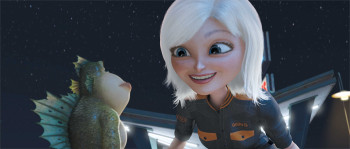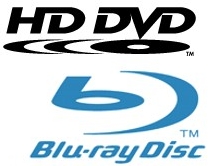Box Office Power Rankings: March 20-29, 2009
 The $59.3-million opening-weekend domestic take for Monsters Vs. Aliens is being touted as proof that 3D is a viable way to pry people off their couches and get them into the damned movie theater. Nearly 56 percent of that amount came from 3D theaters, even though 3D projection accounted for only 28 percent of the movie’s screens. That all sounds impressive, but consider that WALL·E took in $63.1 million its first weekend, Kung Fu Panda $60.2 million, and Cars $60.1 million. Yes, those were all summer movies, but they didn’t benefit from the higher ticket prices for 3D that inflated the take of Monsters Vs. Aliens.
The $59.3-million opening-weekend domestic take for Monsters Vs. Aliens is being touted as proof that 3D is a viable way to pry people off their couches and get them into the damned movie theater. Nearly 56 percent of that amount came from 3D theaters, even though 3D projection accounted for only 28 percent of the movie’s screens. That all sounds impressive, but consider that WALL·E took in $63.1 million its first weekend, Kung Fu Panda $60.2 million, and Cars $60.1 million. Yes, those were all summer movies, but they didn’t benefit from the higher ticket prices for 3D that inflated the take of Monsters Vs. Aliens.

 Up to six times the resolution of DVD! Perfect picture and sound! Sparkling high definition! The marketing push for Blu-ray players and discs has been full of these and similar pronouncements, trying in a shitty economy to get you to upgrade your DVD player and (ideally) replace your current movie collection with this relatively new format. Concurrent with that has been the
Up to six times the resolution of DVD! Perfect picture and sound! Sparkling high definition! The marketing push for Blu-ray players and discs has been full of these and similar pronouncements, trying in a shitty economy to get you to upgrade your DVD player and (ideally) replace your current movie collection with this relatively new format. Concurrent with that has been the  As I
As I 